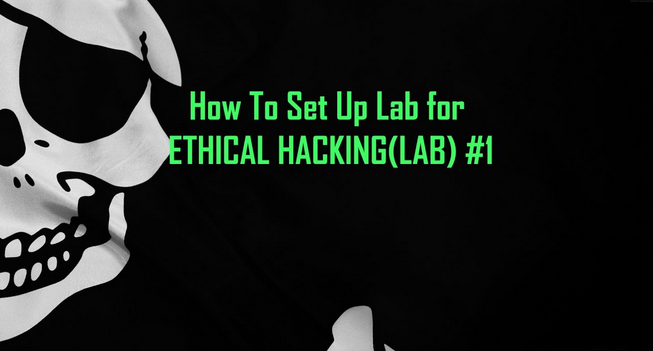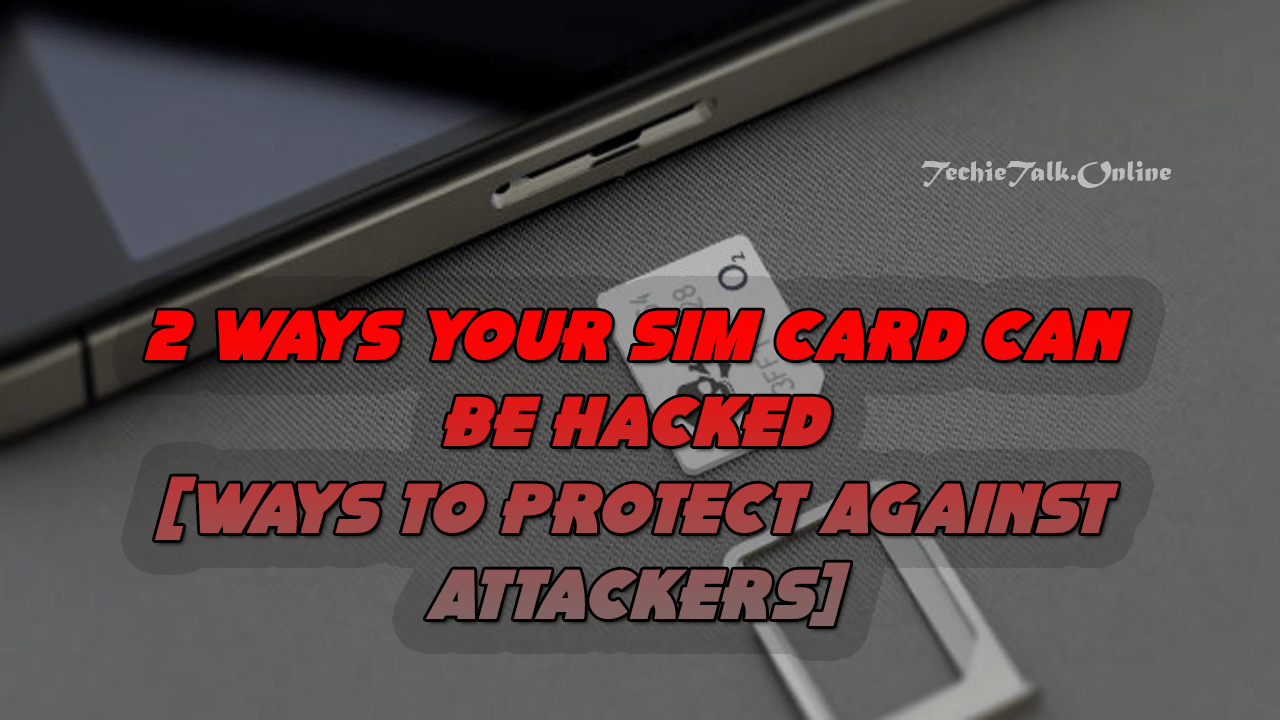
Creating a Test Setup Lab
What You Will Need: In order to build a proper lab you will need to do several things first, some optional and other not. I recommend putting down some important foundations first. Make sure you have a good understanding of what you are trying to accomplish, and don’t just start building at random. But before we get started, let’s look at some of the reasons why you would create a lab.
If you were to search the Internet, you would undoubtedly find countless tutorial and guidelines on how to best accomplish the task, each positioning itself as the best solution.
You know what? They are all right in their way, so we will focus on what you need to test and what you are trying to accomplish, both to study for the CEH exam and to have your own sandbox later.
NOTE: I would love to sit here and write that all other methods of creating a testing lab and sandbox to play in are junk, but that’s simply not the case.
Each approach has its own merits and drawbacks (including the one I demonstrate here).
What I have tried to do is describe a system that has the most flexible and ability to test your skills.
I will discuss one of the common and useful setups in this appendix so you can determine if it is the best options for you, but I will also provide notes along the way as to equipment and changes that may be needed to make the process better.
Read: Why Build a Lab? The Build Process
Creating a Test Setup
There are many approaches you can take, but if you go with the common one-system, self contained lab setup, you will need to have a few things in place:
- A laptop or desktop with a much RAM as you can get shoehorned into it; 8 GB is good but more is better.
- A large hard drive to store all the virtual machines plus the host operating system and its tools. I do not recommend going under 250 GB if you can afford it, and definitely going with an SSD drive if you can find one in your price range. The performance increase and extended battery life are invaluable.
- The host operating system physically running on the system can be Linux, Microsoft Windows, or OS X. Which you use is up to your personal preference.
- Make sure the system you will be using has all patches and corresponding security updates and other items installed.
- For wired and wireless (802.11,b,g,n and ac support if possible) network, you should check to see if your hardware of choice supports monitor mode with respect to wireless adapter does not support monitor mode, you will need to get an external adapter for any wireless attacks and surveys.
- Optional: Bluetooth support. For extended range when scanning for and working with Bluetooth devices you may want to consider getting an external adapter such as the SENA UD100. The SENA adapter not only extends the range of Bluetooth, but it also supports Bluetooth packets injection and additional external antennas for even longer range support.
Read:Penetration Testing Frameworks
Since you are suing a single system to build and host the lab, you will be using virtualization. Virtualization just means that you are going to be hosting multiple operating systems upon a software-emulated hardware environment.
To do this you will need to use virtualization software, and there are plenty such packages to choose from. While am not specifically enduring the ones mentioned here, these are the ones that are the most popular and see the most use.




One Comment